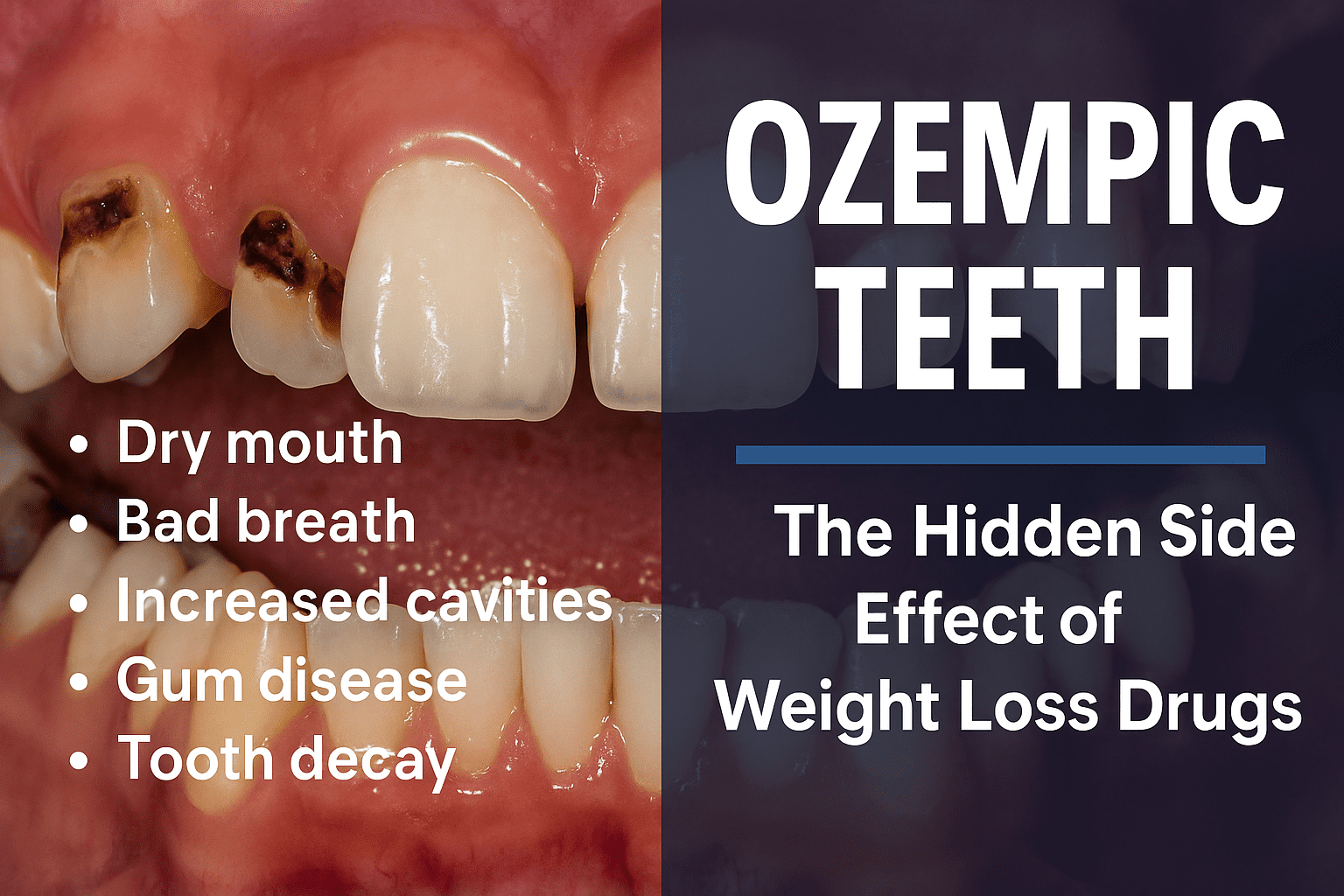Key Takeaways:
🔬 A new type of stem cell (CP-As) emerges in middle age, driving belly fat growth.
🧬 The LIFR signaling pathway activates these fat-producing cells.
⚡ Potential future therapies could target CP-As to combat age-related obesity.
📉 Belly fat isn’t just cosmetic—it’s linked to diabetes, heart disease, and accelerated aging.
The Mystery of Middle-Age Weight Gain
It’s a frustrating reality: even if your weight stays the same, your body composition changes with age. Muscle mass declines, while fat—especially around the abdomen—increases. This shift isn’t just about looks; belly fat is metabolically active, releasing inflammatory compounds that raise the risk of:
✔ Type 2 diabetes
✔ Heart disease
✔ Certain cancers
Until now, the cellular mechanism behind this fat redistribution was unclear. But a new study from City of Hope, published in Science, has uncovered the culprit.
The Discovery: Meet the “Fat-Making” Stem Cells (CP-As)
Researchers led by Dr. Qiong (Annabel) Wang identified a previously unknown stem cell type called committed preadipocytes, age-specific (CP-As). These cells:
✅ Appear in middle age (both in mice and humans).
✅ Multiply rapidly, churning out new fat cells.
✅ Are controlled by the LIFR signaling pathway, which becomes hyperactive with age.
How They Found It:
- Transplanted fat stem cells (APCs) from old mice into young mice → massive fat production.
- Did the reverse (young APCs into old mice) → minimal fat growth.
- Confirmed in human tissue → CP-As increase with age in people too.
Conclusion: Aging unlocks these stem cells’ ability to generate new fat cells—especially in the belly.
Why This Matters: A Potential Breakthrough for Obesity Treatment
Currently, most weight-loss drugs target appetite or metabolism. But this study suggests a new approach:
🚀 Blocking LIFR signaling could prevent CP-As from forming new fat cells.
🚀 Eliminating CP-As might halt age-related fat accumulation.
Dr. Wang’s team is now exploring:
- Drugs that inhibit LIFR (already studied in cancer research).
- Lifestyle interventions that may suppress CP-A activity.
What You Can Do Now
While we wait for CP-A-targeting therapies, these strategies help manage belly fat:
- Strength training – Preserves muscle, which burns more calories than fat.
- High-fiber diet – Reduces visceral fat (the dangerous kind around organs).
- Stress management – Cortisol promotes fat storage in the abdomen.
- Quality sleep – Poor sleep disrupts fat-regulating hormones.
The Future of Age-Related Weight Management
This discovery opens the door to precision treatments for metabolic aging. Imagine:
💊 A pill that stops belly fat before it forms.
🔍 Blood tests to detect CP-A activity early.
As Dr. Wang says:
“Understanding CP-As could lead to medical solutions for healthier aging—not just weight loss, but preventing obesity-related diseases.”


